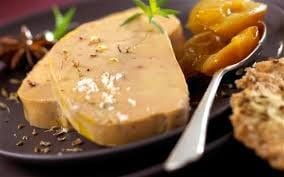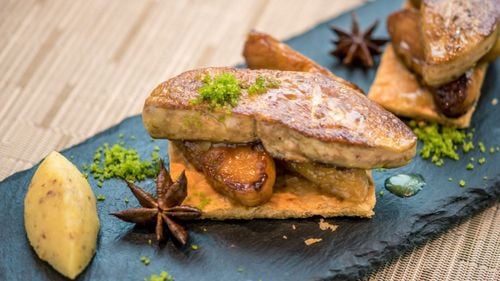This is an automatically translated article.
Foie gras or fatty duck liver is a delicious French dish and today is popular all over the world. It is often confused with liver pate. However, foie gras has a smooth texture and a rich, buttery taste, and foie gras can be prepared in many different ways. Foie gras is very nutritious and contains many vitamins and minerals, but it is quite expensive.
1. Nutritional value of foie gras
Fresh foie gras is high in fat, but also rich in vitamins and minerals. Because, the liver acts as a storage organ for many nutrients.
Information on the nutritional composition of foie gras is limited, but 28 grams of foie gras pate made with a small amount of white wine provides nutrients including: 130 calories, 3 grams of protein, 12 grams of nutrients fat, 1 gram carbs, 0 grams fiber, 111% vitamin B12 daily value, 32% vitamin A, 7% pantothenic acid, 7% riboflavin, 5% copper, 9% iron, 5% phosphorus. White wine can alter the nutritional content to some extent. But with fats, vitamins and minerals are not affected.
Because of the high fat content in foie gras, it is a very calorie-dense food. Not only that, foie gras also contains a lot of vitamins and minerals.
Furthermore, foie gras is also a good source of vitamin A. This vitamin component in foie gras helps prevent vision problems while promoting the growth of healthy cells throughout the body.
In addition, foie gras also contains many minerals such as copper and iron. Like vitamin B12, copper and iron are important in energy metabolism and the production of healthy red blood cells.
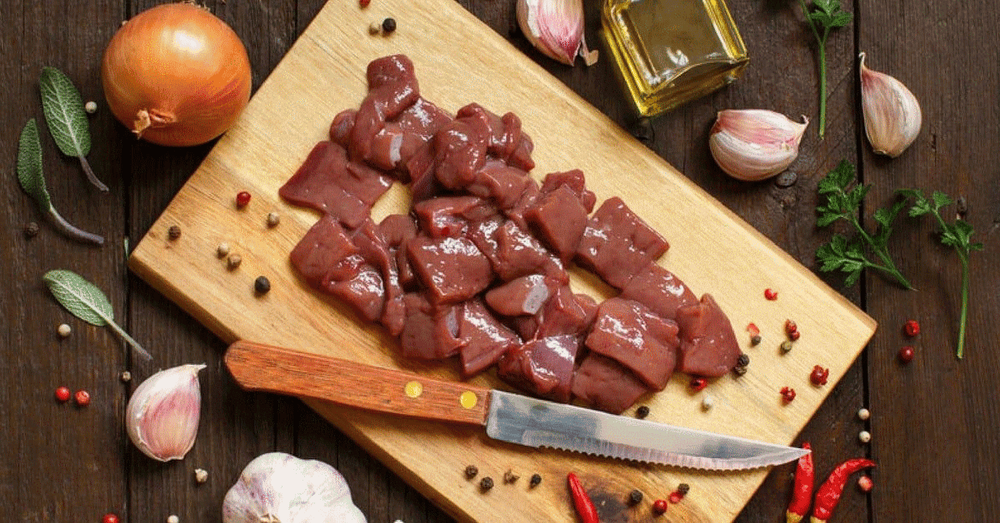
Gan ngỗng tươi chứa nhiều chất dinh dưỡng và khoáng chất có lợi cho người sử dụng
2. Use foie gras
One of the important issues in foie gras production is feeding geese with special diets. Their diet relies on corn and high fat to make geese gain weight rapidly while also accumulating fat around the liver. The process of fattening the goose is to increase the liver of the goose up to 10 times. This makes foie gras of great economic value.
French foie gras is an indispensable part of French cuisine as well as of those who love this dish around the world. The popular and familiar dish made from foie gras is grilled or pan-fried foie gras. However, people are still more familiar with foie gras pate served with baguettes or crackers.
3. Some benefits of foie gras
Foie gras is rich in nutrients like vitamin B12, vitamin A, copper and iron. It is also quite high in calories along with the fats. In particular, the fat in foie gras is a healthy mix of saturated and unsaturated fats. Most of the fat in foie gras is monounsaturated fat, which has high anti-inflammatory properties. Moreover, it also helps to reduce the risk of cardiovascular disease.
Plus, the saturated fat in foie gras is hardly as harmful as previously thought. Recent research has shown that foods high in saturated fat can be used as part of a balanced diet.
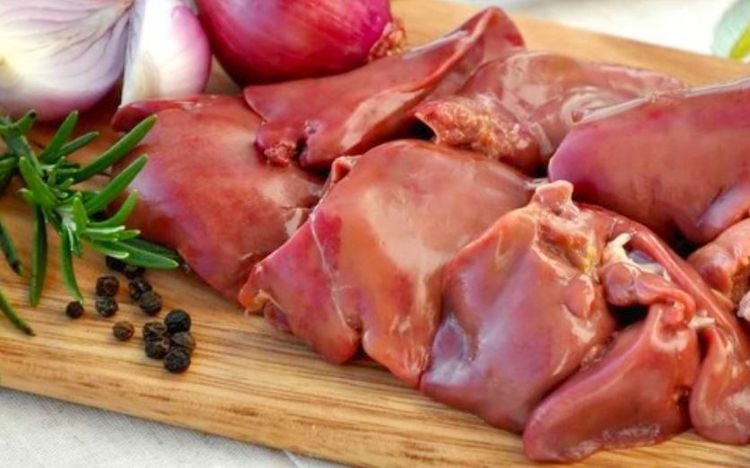
Gan gia cầm có tác dụng giúp giảm các nguy cơ mắc bệnh tim mạch
4. Some limitations of foie gras
With a unique and special production method, foie gras is quite expensive. In addition, many places have banned the use of this food. For ethical reasons, when feeding geese on special diets to increase their liver volume. For example, New York City passed a law in October 2019 that would ban foie gras by 2022. Or in California, it also banned traditional foie gras production.
However, this is a dish that plays an important role in French culinary culture, so foie gras is still produced and protected in France.
Moreover, if we eat foie gras, we should not eat too much at one time. Because it is very rich and has a high fat content. Therefore, eating too much foie gras at the same time can cause digestive problems such as: bloating, indigestion.
In addition, for pregnant women and people with compromised immune systems should only eat foie gras when it has been natural pasteurized. As for raw foie gras or fresh foie gras, there is a high risk of contamination because it is processed at low temperatures.
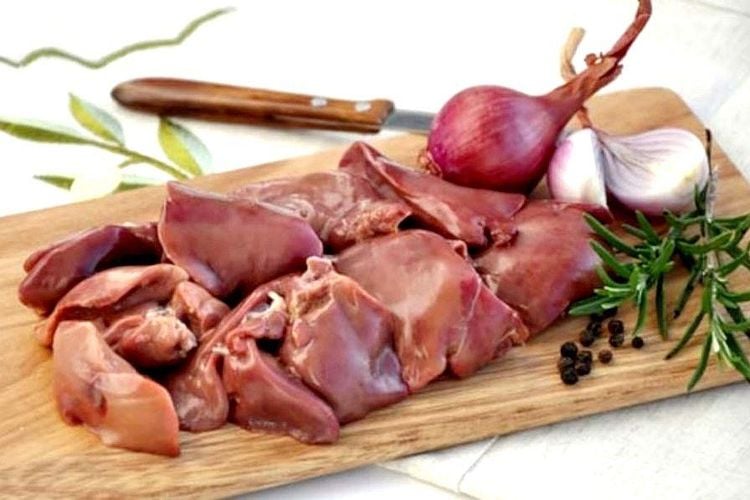
Gan ngỗng cần được sơ chế và chế biến đảm bảo an toàn vệ sinh thực phẩm trước khi dùng
Foie gras is a staple in French cuisine. It is often made into a pate with crackers or bread. Foie gras is high in fat and calories, but it's also full of nutrients like vitamin b12, vitamin A, copper, and iron. The fatty acids in foie gras are mainly monounsaturated fatty acids with anti-inflammatory effects. However, the method of production of foie gras is still controversial, and has led to its production being banned in some regions. Moreover, this is also a fairly expensive dish.
Vinmec International General Hospital with a system of modern facilities, medical equipment and a team of experts and doctors with many years of experience in medical examination and treatment, patients can rest assured to visit. examination and treatment at the Hospital.
To register for examination and treatment at Vinmec International General Hospital, you can contact Vinmec Health System nationwide, or register online HERE.
Reference source: healthline.com
MORE
What do you know about plant protein? Combine vegetable and animal protein in the daily diet. How many eggs/week is enough?




